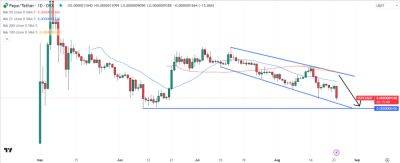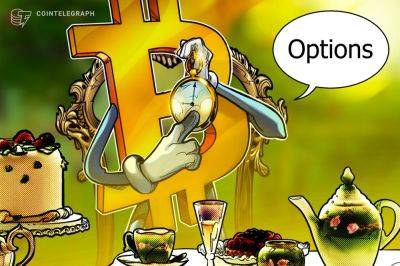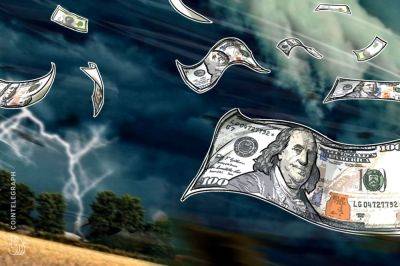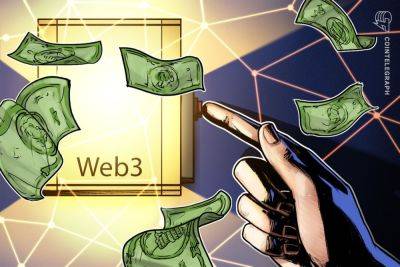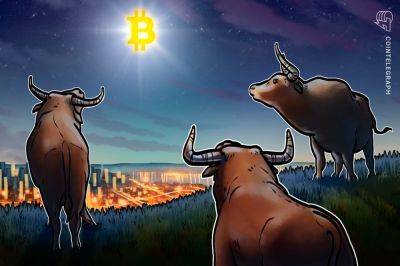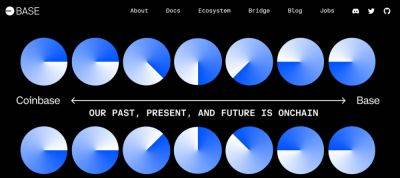NFT Market Slump Hits Artists Hard: Payouts to Creators Plunge 98% as Royalties Slashed
The NFT market is experiencing a tumultuous slump, with tensions rising between traders and creators of digital collectibles rising amid controversy surrounding royalties.
This friction has resulted from the recent decision by top NFT exchanges, including Blur and OpenSea, to cut royalty rates paid to artists when a token's ownership changes.
The reason behind the move is that lower costs will incentivize more buying and selling in a market that has seen trading volumes plummet by 95% from $17 billion in January 2022, according to a recent report from Bloomberg.
Royalties, which reached a peak of $269 million in January, have since dwindled to just $4.3 million in July, as the rates paid fell from as much as 5% per transaction to a meager 0.6%.
This significant drop in artist income could potentially discourage new work, further stagnating a market that has already experienced a significant downturn.
The NFT market enjoyed a successful period from August 2021 to May 2022, with cumulative monthly royalties reaching $1.5 billion, largely fueled by the popularity of collections like Yuga Labs Inc.'s Bored Ape Yacht Club.
However, as the market began to decline due to the waning effects of pandemic-era stimulus, creator payouts suffered.
The introduction of Blur in October caused a significant disruption in the NFT market.
The platform incentivized trading by lowering royalty rates, quickly capturing over 70% of daily volume on the Ethereum blockchain, according to a Dune Analytics dashboard.
This move put pressure on the previously dominant OpenSea platform to follow suit.
"With the launch of Blur, NFTs became progressively more financialized," noted Ally Zach, a research analyst at Messari.
Some experts advocate for embedding
Read more on cryptonews.com


